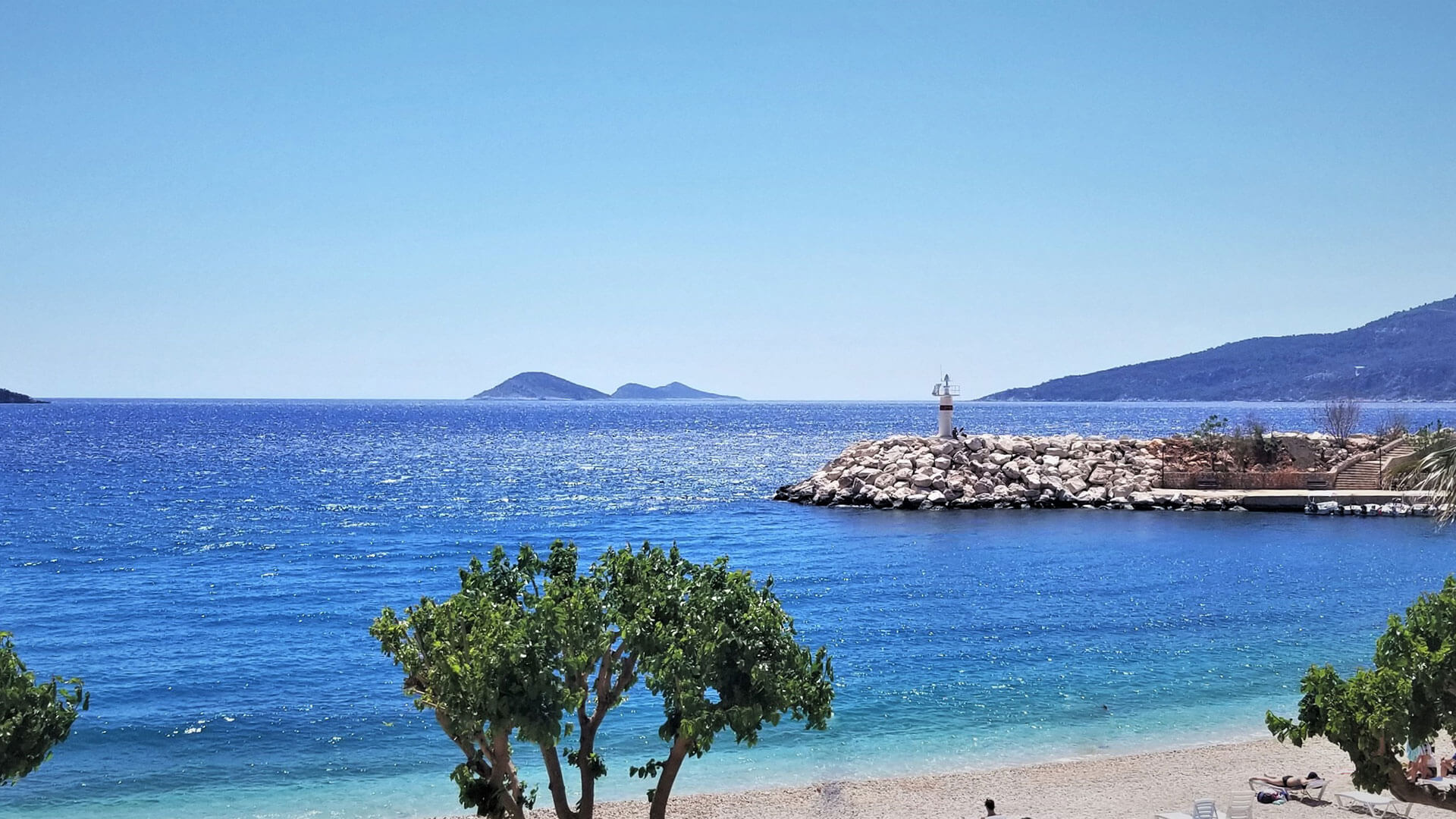Kalkan…With its tens of thousands of years of history.
Etrituminehi, Artymnessos, Kalamaki, Kalkan…. Respectively in Luwian, ancient Greek, modern Greek, and finally in Turkish. The first known visitors of these lands on the Teke Peninsula, whose history is estimated to date back to 3500 BC, are the Lukka people from Anatolia. Afterwards, the Hittites, Persians, Macedonians, Romans, Byzantines, Arabs, and Seljuks fought for these beautiful lands, built lives, and finally, the first Ottoman banner was erected in Lycia in 1390 by Yıldırım Beyazıt. Even after many wars and earthquakes, our surroundings are still filled with the ruins of the beautiful cities of the magnificent Lycian civilization. Archaeological excavations have been going on for 32 years. These world-famous historical places are closer to you than you think. - The entrance gate of the city with the 3-legged triumphal arch, the Lycian parliament building, the lighthouse of Nero and the Roman baths, the famous Patara Ancient City, 13 km away,The Letoon Ancient City with the temples of Leto, Artemis and Apollo, 18 km away, - Xantos, the capital of Lycia with its magnificent tombs, 16 km away, - The mysterious Sidyma full of gigantic oak trees, 38 km away, - Dodurga, Pinara, 44 km away, - The magnificent Boncuk Mountains, historically Antikragos located among thousands of years old olive trees, 44 km away, myra, with the tomb of Santa Claus and one of the largest amphitheater in the world in Anatolian lands, 68 km away, - Tlos, the ruler of the Kragos Mountains, known as Akdaglar

